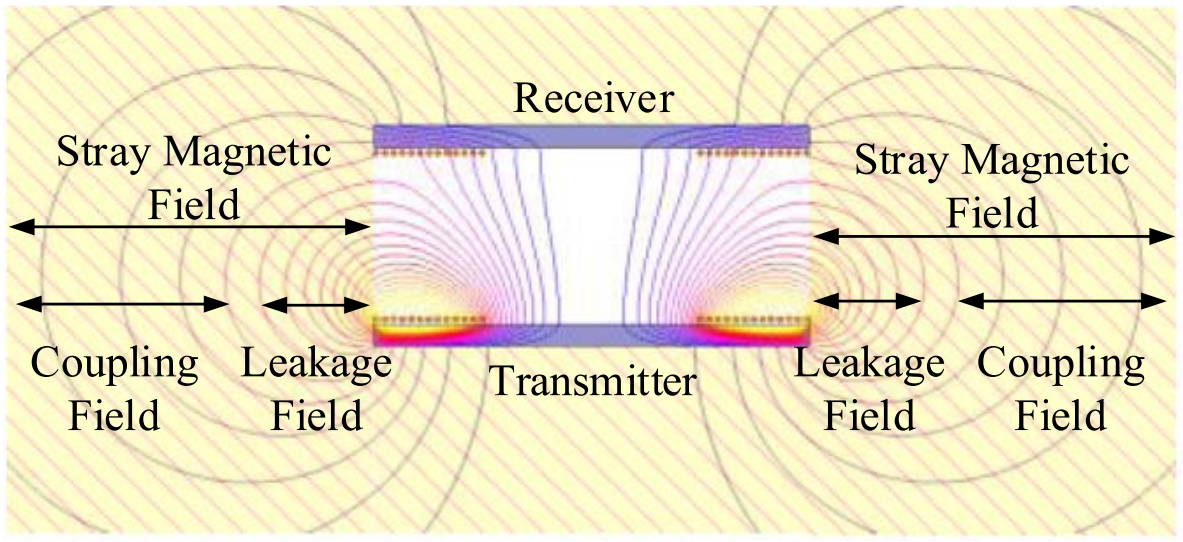LIBRARY
Attenuation of Stray Magnetic Field in Inductive Power Transfer by Controlling Phases of Windings' Currents

A dual-side-controlled converter is applied for circuit realization. Bridges with active switches are used for both the inverter on the transmitter side, and the rectifier on the receiver side. Switching frequency equals the resonant frequency for high efficiency. The magnitudes of the windings' currents are controlled by pulse widths of the inverter voltage and the rectifier voltage. The phases of the winding currents are controlled by the phases of the voltages. Equations are derived from the equivalent circuit model of the converter, to predict the field attenuation. The increase of winding loss is analyzed using the equivalent circuit model as well.
Finite element simulation was implemented to verify the field attenuation for a 3.3 kW series-series IPT system. The simulation results matched well with the analytical calculation. The method was also verified experimentally for a 100 W IPT system. The stray magnetic field was attenuated up to 30 percent with 50° phase difference between the currents of the transmitter and receiver, compared to the conventional case when the phase difference is 90°.
The phases of windings' currents are controlled to attenuate the stray magnetic field around IPT coils. The relationship between magnetic fields and windings' currents is derived using the diagrams of phasors. The magnetic field is decomposed to the components in the axial and radial directions. The axial component decreases when the phase difference between windings' currents is smaller, while the axial component exhibits the opposite property. Because the axial component is dominant around the IPT coils, it is preferred to decrease the phase difference.
The dual-side-controlled converter is applied for the circuit realization. The magnitudes of the currents are controlled by the pulse widths of the inverter voltage and the rectifier voltage. The phases of the currents are controlled by the phases of the voltages. The effectiveness of this method for field attenuation was verified in both simulation and experiment.




























































































